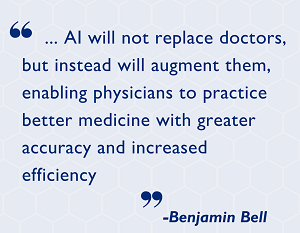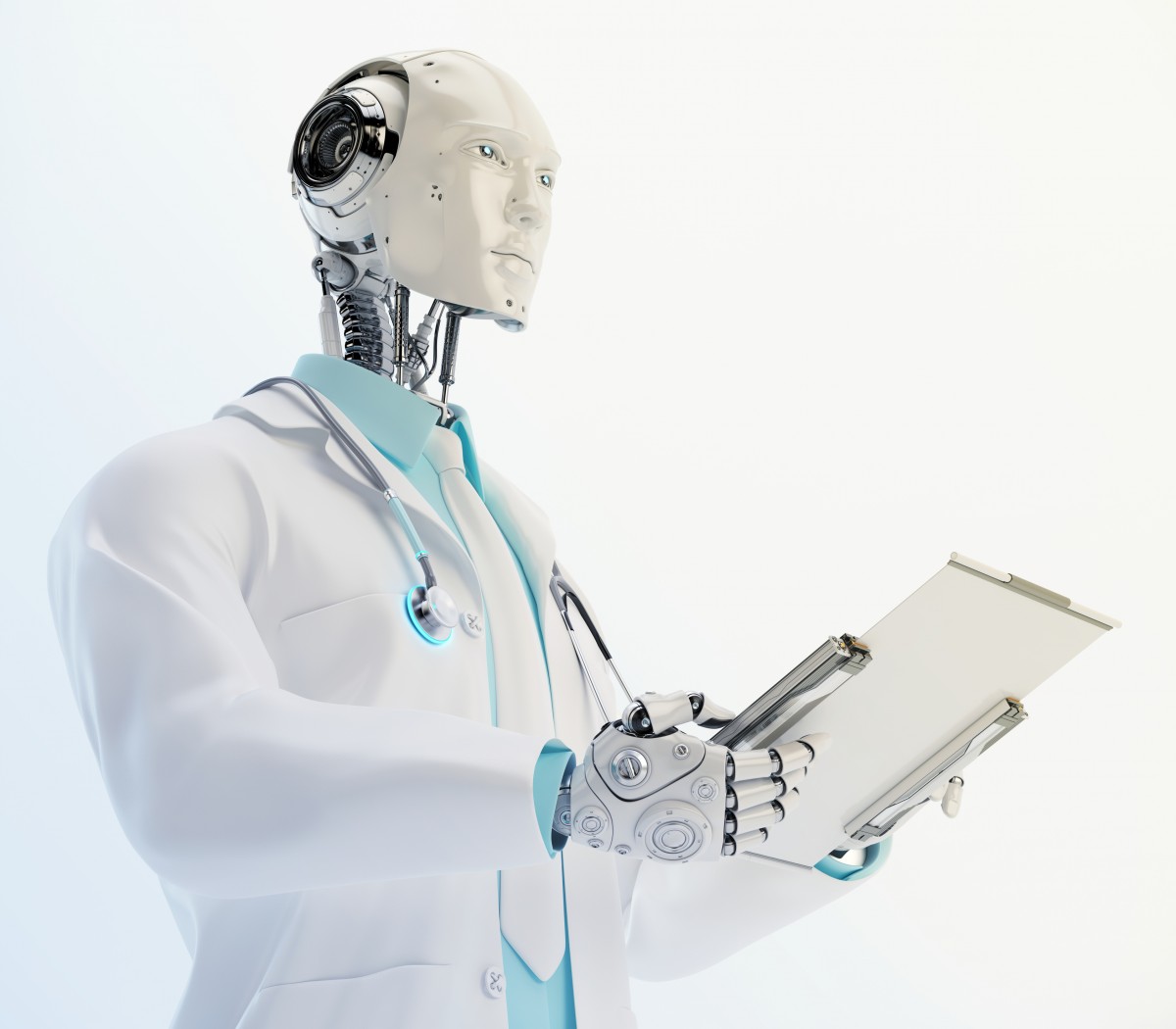What is artificial intelligence today?
While innovators and philosophers debate the consequences and likelihood of C-3PO or HAL appearing on Earth, we have already accepted a variety of forms of artificial intelligence in our daily lives. Self-driving cars are proving to be successful on our streets, and over 90 percent of flight time on airplanes is handled entirely by autopilot. Each time you are stunned by Google’s prescient response to your obscure query, or its photo-recognition aptitude, you are interacting with a type of learning intelligence. Here, an important distinction needs to be made between general artificial intelligence — the human-level (or better) thinking machines that populate our futuristic tales and both worry and excite our innovators — and narrow artificial intelligence, which applies intelligence to one specific task. To date, even our most adept independent systems are considered narrow AI at best.
But, narrow AI does not imply that it is useless. Google’s search algorithm has placed the breadth of human knowledge at our fingertips, and the future ubiquity of self-driving cars will reduce traffic fatalities so drastically that organ recovery services are concerned about supply. Similarly, this task-directed AI is already beginning its first steps in revolutionizing health care.
AI passes its boards
One of the hallmarks of intelligent systems is their ability to learn and synthesize new information, thereby improving task-specific performance. Today, a series of medical diagnostic AI’s are proving how far their education evolution can carry them. At first, medical algorithms were trained similarly for doctors; by teaching them the hallmarks of a specific disease pathology — for example, pneumonia on a chest X-ray — and then practicing their diagnostic skill on thousands of sample images. But the machines trained using this approach never reached the capability of their human counterparts in determining whether a patient’s X-ray represented an actual case of pneumonia. More recently, computer systems have been designed based on the neuronal connections of the brain, with layers of interconnected nodes strengthening and weakening specific connections as each response is graded correct or incorrect. This mechanism, called deep-learning, is unbiased; the system is not taught what to look for and therefore after training, it develops its own set of criteria to determine the diagnosis for each future image. Although the traits these algorithms use are unknown, even to the programmers, these deep neural networks have now performed equally or better than expert physicians in a number of diagnostic tests, including for pneumonia, melanoma and diabetic retinopathy. IBM’s supercomputer Watson (of Jeopardy fame) has surpassed oncologists in determining “actionable genetic alterations” in patient tumor genomes.
Better diagnosis, better treatment, better prognosis
 Visions of integrating artificial intelligence with medicine are filled with highs and lows for patients and doctors alike. Sending a phone-camera image of your oddly shaped mole to an online AI dermatologist is convenient and would encourage the type of early detection that results in significantly better prognoses. But in the case of a cancerous diagnosis, would this service provide the support, answers and follow-up of a warm-blooded doctor? Also, AI’s risks of automation could threaten the careers of the country’s medical professionals and blue-collar workers alike. Geoffrey Hinton, the father of deep-learning systems, is blunt, saying “they should stop training radiologists now,” as he believes diagnostic imaging will soon become entirely computational. However, most medical innovators believe AI will not replace doctors, but instead will augment them, enabling physicians to practice better medicine with greater accuracy and increased efficiency. Dermatologists will spend less time on false alarms and focus more on treatable early-stage diseases, unconstrained by the geographic location of their patients.
Visions of integrating artificial intelligence with medicine are filled with highs and lows for patients and doctors alike. Sending a phone-camera image of your oddly shaped mole to an online AI dermatologist is convenient and would encourage the type of early detection that results in significantly better prognoses. But in the case of a cancerous diagnosis, would this service provide the support, answers and follow-up of a warm-blooded doctor? Also, AI’s risks of automation could threaten the careers of the country’s medical professionals and blue-collar workers alike. Geoffrey Hinton, the father of deep-learning systems, is blunt, saying “they should stop training radiologists now,” as he believes diagnostic imaging will soon become entirely computational. However, most medical innovators believe AI will not replace doctors, but instead will augment them, enabling physicians to practice better medicine with greater accuracy and increased efficiency. Dermatologists will spend less time on false alarms and focus more on treatable early-stage diseases, unconstrained by the geographic location of their patients.
Doctors will spend less time performing rote clerical tasks such as paperwork, and more time focusing on the intricacies of human medicine for which computers are still far from equivalent, such as empathy, navigation of the physician-patient interaction and quickly adjusting to changing conditions in emergency medicine and surgery. Taking a more imaginative leap forward from these early successes, we can envision the revolution in medical diagnostics. In addition to accessing image diagnostics, our cell phones may track our speech patterns to alert us, and our doctors, to the early signals of strokes, or dementia and Alzheimer’s. Systems with the ability to integrate our medical history, genetic data and disease status may bring personalized medicine with optimized treatments to every patient.
There is no doubt that if humans finally develop general artificial intelligence, the world and our species will be forever affected. Although the tenor of this discussion has become more intense over recent years, the pragmatics of these intelligent machines still reside in the realm of science fiction. But with a specific, narrow task, computers are now demonstrably outperforming their trained human counterparts, and the AI revolution is coming to medicine.
Related Content
- Johns Hopkins Leaders Meet to Harness Precision Medicine
- The Breathtaking Possibilities of Big Data
- Toward More Personalized Learning
The future of biomedical training involves tracking the individual learner’s needs and progress. - Through Johns Hopkins inHealth, we're developing precision medicine approaches that will lead to quicker diagnoses, improved treatment and better outcomes. Learn more about our innovative approaches and personalized treatments plans.
